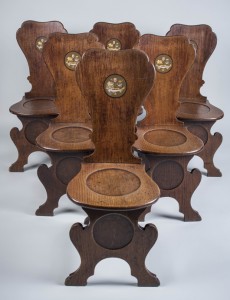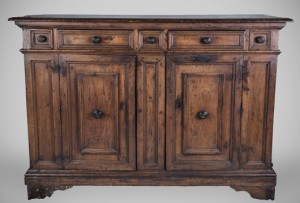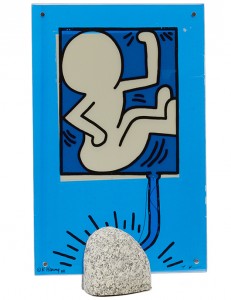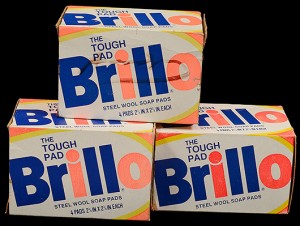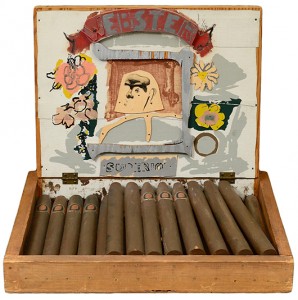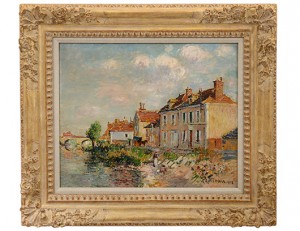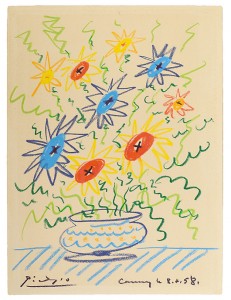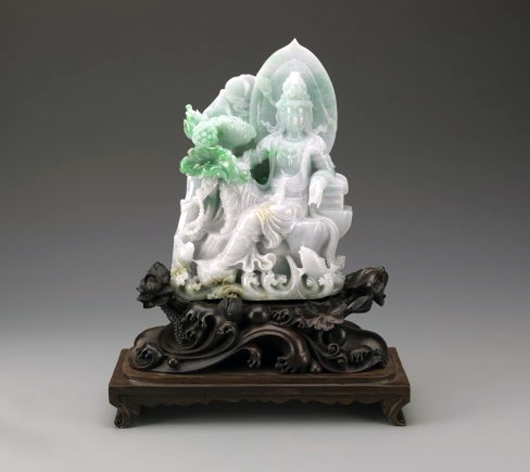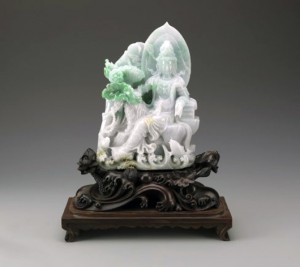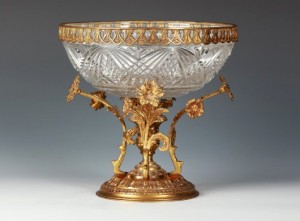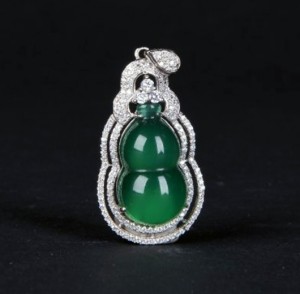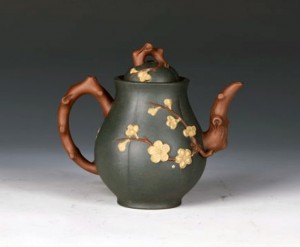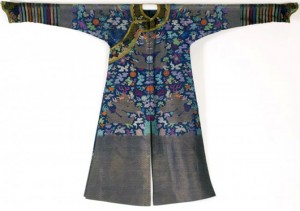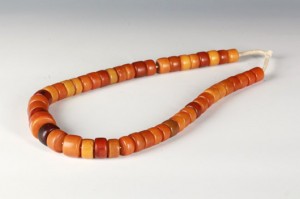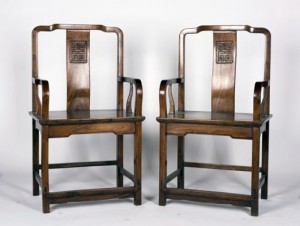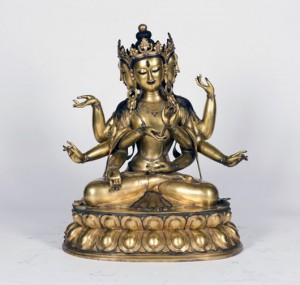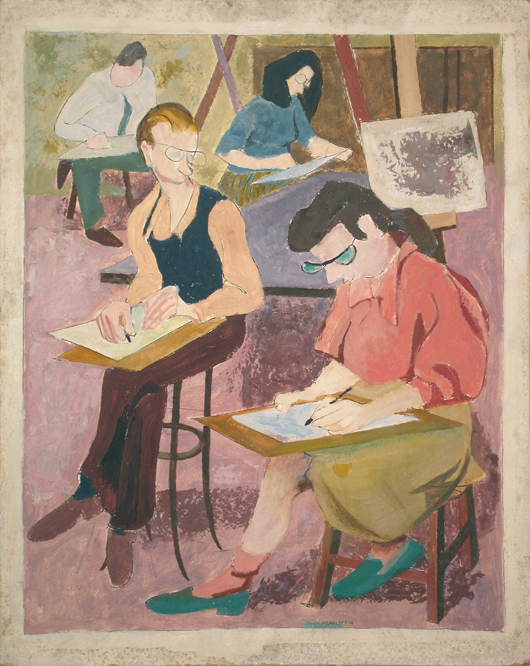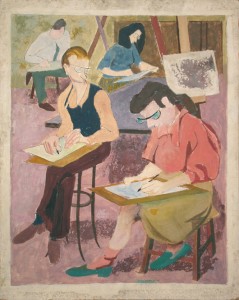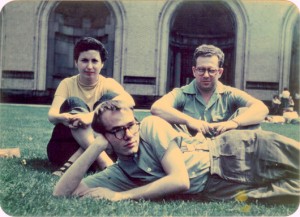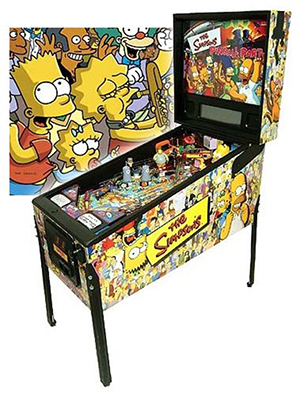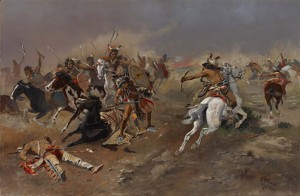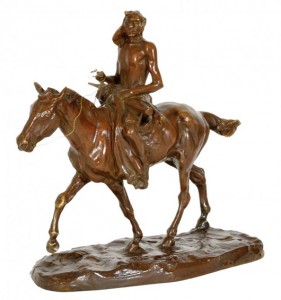MILLEDGEVILLE, Ga. (AP) – Revolutionary War hero Marquis de Lafayette of France was nearly moved to tears by the Southern hospitality he enjoyed in Milledgeville in 1825.
His secretary noted in his diary that Lafayette was shown so many kindnesses at a ball in his honor that “the general forgot that Georgia was a new acquaintance.”
Lafayette was hailed an international celebrity across the nation 190 years ago during a nationwide farewell tour at the invitation of President James Monroe.
“He was one of the wealthiest and well-connected nobles in France, and to come and champion the cause of liberty, and not only that, but he took no money. He paid for everything himself, so it’s a quite a story,” said Amy Wright, executive director of Georgia’s Old Capital Museum.
The museum in the bottom floor of the Old Capitol at 201 E. Greene St. is hosting a new exhibit to commemorate the visit, “Vive Lafayette: the Marquis Arrives in Milledgeville,” which runs through May 30.
The Milledgeville celebration nearly 200 years ago included speeches, rockets, cannon fire, a hot air balloon and a picnic.
Lafayette feasted on squirrel pie and barbecue deer at the $6 a plate ball that night that would be now worth $146, Wright said.
Not only did he lead American troops to battle against the British, but Lafayette later secured French support for supplies, troops and a fleet that turned the war in favor of the Americans.
The young military man’s actions also helped bring about the British surrender at Yorktown.
Milledgeville will celebrate Lafayette’s contributions this week, culminating Friday with a 10 a.m. parade from the Old Governor’s Mansion to Georgia Military College, where a “welcome ceremony” is planned at 11 a.m.
The community is invited to a picnic on GMC’s grounds at 12:30 p.m. Friday before the celebration resumes at 6 p.m. with a sunset gathering at the Old Governor’s Mansion and a concert at 7 p.m. on the campus of Georgia College & State University.
GMC alumnus and benefactor, W.J. “Bill” Usery, who was U.S. secretary of labor under President Gerald Ford, is sponsoring the celebration in honor of Lafayette.
Entrance to the museum will be free Friday due to Usery’s generosity.
“He is so humbled about what GMC meant to him,” Wright said. “He is a wonderful, giving man.”
Lafayette’s sacrifices will be pointed out in the exhibit, including the rough carriage ride to Milledgeville that caused him motion sickness.
The wealthy French nobleman born Marie Joseph Paul Yves Roche Gilbert du Motier was taken with America’s struggle for independence and arrived in the summer of 1777 to volunteer in the fight.
He was not even 20 years old when Congress commissioned him a major general in the Army. He befriended George Washington.
The bond lasted all of Washington’s life, evidenced by Lafayette naming his son after America’s first president.
George Washington de Lafayette accompanied his 67-year-old father during the 13-month, 5,000-mile tour of all 24 states of the Union.
While in Georgia, he visited Savannah, where he was welcomed by Gov. George Troup before traveling to Augusta, Warrenton, Sparta and the state capital of Milledgeville.
While in Middle Georgia, he met with war veterans, including the man who in 1777 helped carry a wounded Lafayette off the battlefield at Brandywine in Pennsylvania.
He left Milledgeville on March 29, 1825, to head to Macon, “a small and handsome village,” where he ate dinner on his journey across Creek Indian territory on his way to Fort Mitchell, Alabama.
To learn more about Lafayette’s contribution to the birth of a nation, historian Marc Leepson will present a lecture “Lafayette: Lessons in Leadership” Wednesday at 6:30 p.m. at the Legislative Chamber of the Old Capitol at GMC.
The museum exhibit closes with Milledgeville’s memorial tributes to the Frenchman who died in 1834 after losing his fortune and many of his wife’s family members during the French Revolution.
Lafayette took his love of America and democracy to the grave.
“He took dirt from Bunker Hill back to France, and when he died, it was spread over his grave,” Wright said.
___
Information from: The Macon Telegraph, http://www.macontelegraph.com
Copyright 2015 Associated Press. All rights reserved. This material may not be published, broadcast, rewritten, or redistributed.
AP-WF-03-23-15 1207GMT


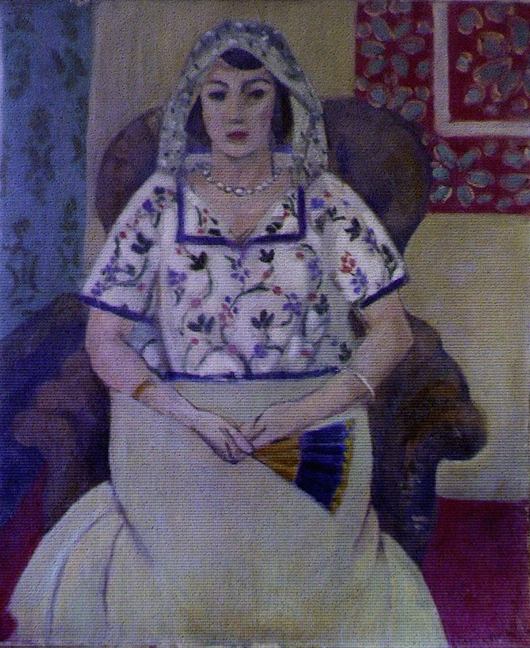
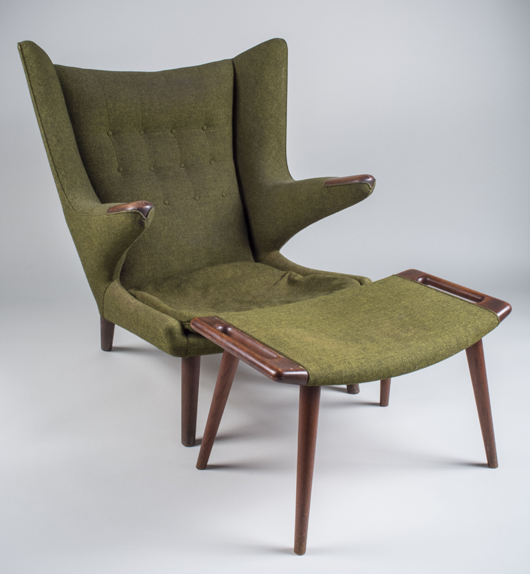
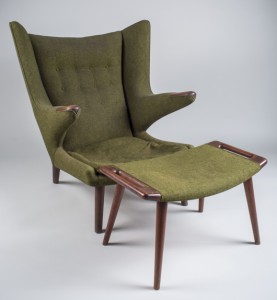
. Sold for $9,000.-300x162.jpg)
